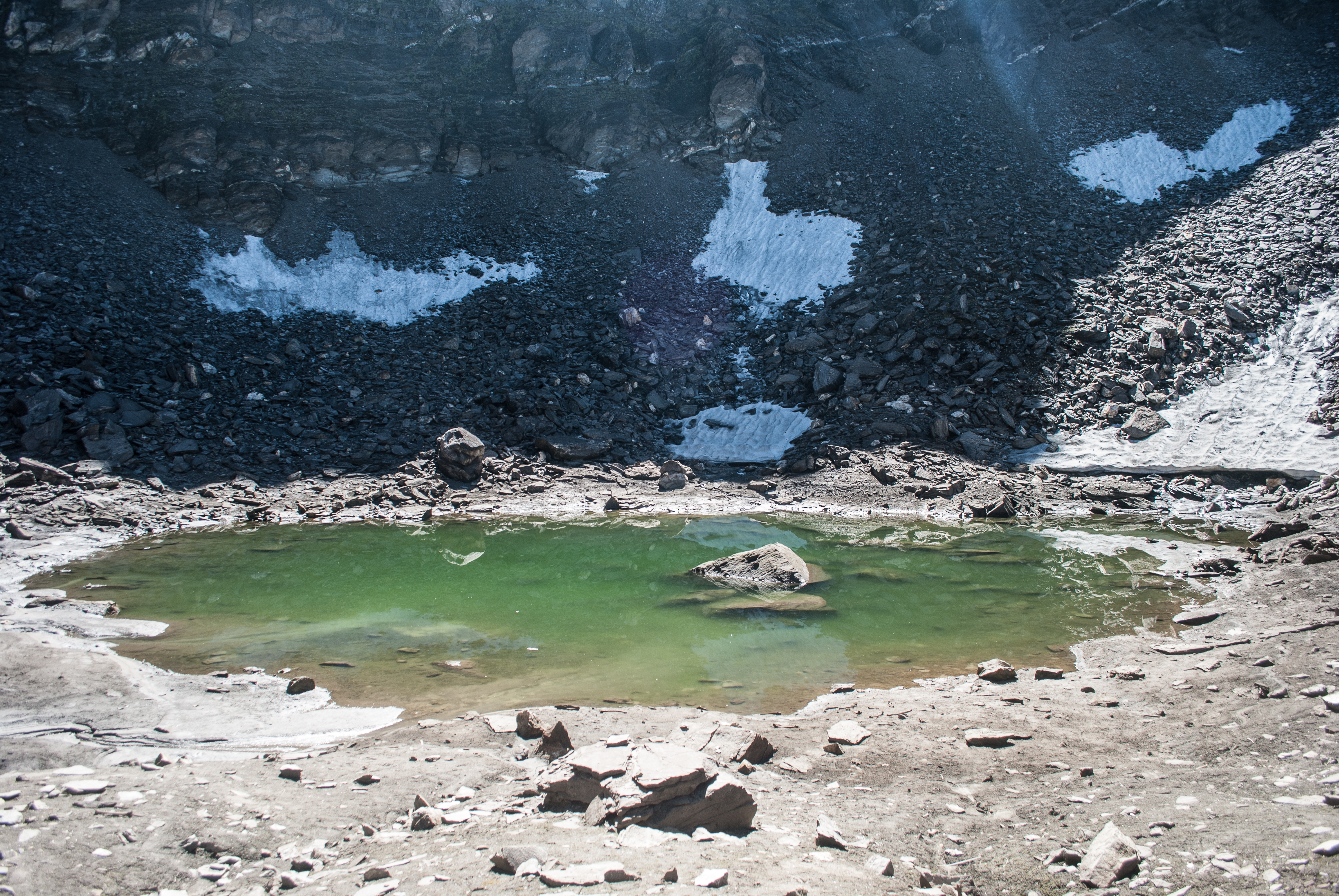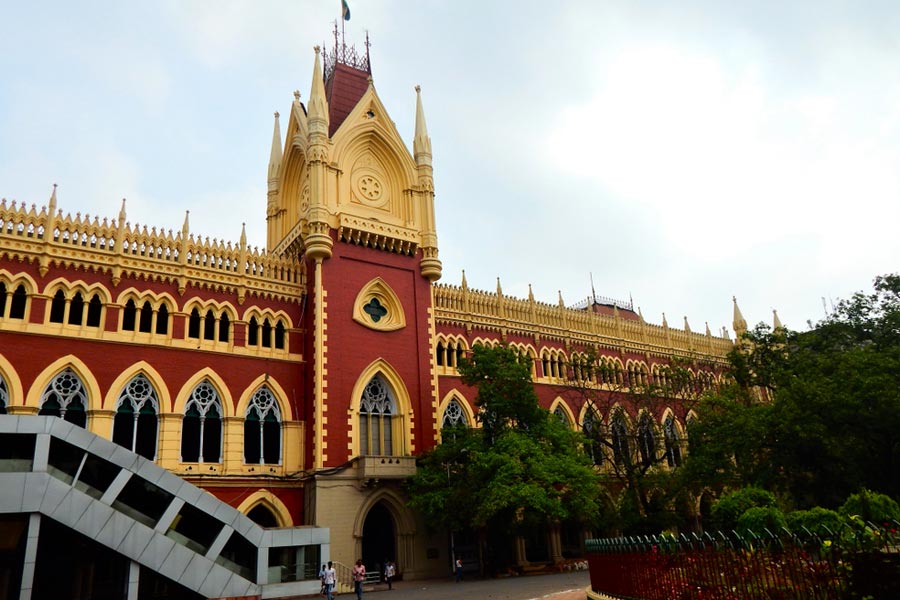The mysterious skeletons of Roopkund Lake in Uttarakhand has earned it the moniker of India's 'Skeleton Lake'. The lake which contains the skeletal remains of hundreds of people, include those from an enigmatic group of eastern Mediterranean people who travelled to the Indian Himalayan site around 220 years ago.
A study published in the journal Nature Communications, found that the skeletons of Roopkund lake belong to genetically distinct groups who died in multiple periods in at least two episodes separated by one thousand years.
Situated at over 5,000 metres above sea-level in Uttarakhand, Roopkund has long puzzled researchers due to the presence of skeletal remains from several hundred ancient humans, scattered in and around the lake's shores.
The research reveals that the site has an even more complex history than imagined. Ancient DNA obtained from the skeletons of Roopkund lake -- representing the first ancient DNA ever reported from India -- reveals that they derive from at least three distinct genetic groups.
Whole genome sequencing of 38 individuals revealed that there were at least three distinct groups among the Roopkund skeletons.The first group is composed of 23 individuals with ancestries that are related to people from present-day India, who do not appear to belong to a single population, but instead derived from many different groups.Surprisingly, the second largest group is made up of 14 individuals with ancestry that is most closely related to people who live in the eastern Mediterranean, especially present-day Crete and Greece. A third individual has ancestry that is more typical of that found in Southeast Asia.
According to Eadaoin Harney of Harvard University, the presence of individuals with ancestries typically associated with the eastern Mediterranean suggests that Roopkund lake was not just a site of local interest, but instead drew visitors from across the globe. Stable isotope dietary reconstruction of the skeletons also supports the presence of multiple distinct groups.
Ayushi Nayak of the Max Planck Institute for the Science of Human History in Germany informed that the individuals belonging to the Indian-related group had highly variable diets, showing reliance on C3 and C4 derived food sources. These findings are consistent with the genetic evidence that they belonged to a variety of socio-economic groups in South Asia. In contrast, the individuals with eastern Mediterranean-related ancestry appear to have consumed a diet with very little millet.
The findings also revealed a second surprise about the skeletons of Roopkund. Radiocarbon dating indicates that the skeletons were not deposited at the same time, as previously assumed. Instead, the study finds that the two major genetic groups were actually deposited approximately 1,000 years apart.
First, during the 7th-10th centuries, individuals with Indian-related ancestry died at Roopkund, possibly during several distinct events, researchers said. It was not until sometime during around 1800 AD that the other two groups, likely composed of travellers from the eastern Mediterranean and Southeast Asia arrived at Roopkund lake, they said.
'This finding shows the power of radiocarbon dating, as it had previously been assumed that the skeletons of Roopkund lake were the result of a single catastrophic event. It is still not clear what brought these individuals to Roopkund Lake or how they died. We hope that this study represents the first of many analyses of this mysterious site' said Douglas J. Kennett of the University of California, Santa Barbara in the US.












